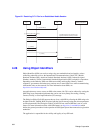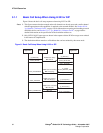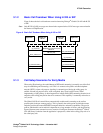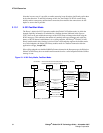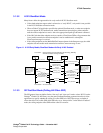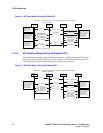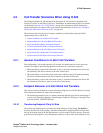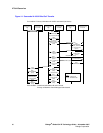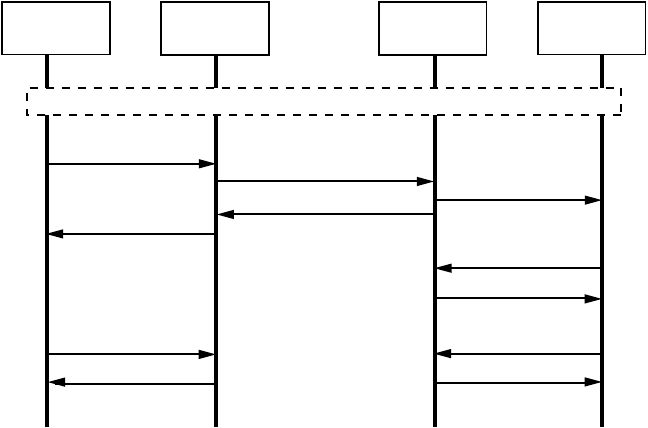
Dialogic
®
Global Call IP Technology Guide — November 2007 53
Dialogic Corporation
IP Call Scenarios
3.1.2 Basic Call Teardown When Using H.323 or SIP
Figure 9 shows the basic call teardown scenario when using Dialogic
®
Global Call API with H.323
or SIP.
Note: Only H.225.0 (Q.931) messages are shown in the sequence below. H.245 messages were omitted in
the interest of simplification.
Figure 9. Basic Call Teardown When Using H.323 or SIP
3.1.3 Call Setup Scenarios for Early Media
When using IP technology, the establishment of RTP media streaming is normally one of the final
steps in establishing and connecting a call. This is in contrast to the public switched telephone
network (PSTN), where call progress signaling is commonly provided to the calling party via
audible, in-band call progress tones, such as ringback, busy signal, and SIT tones. When
implementing a VoIP gateway, it often imperative to initiate media (RTP) streaming from the local
endpoint to the calling party before the call is connected. This capability is commonly referred to as
early media.
The Global Call IP call control library automatically enables media streaming at the earliest
possible point in the pre-connect process. This is generally the earliest point at which the remote
endpoint provides the remote RTP/RTCP transport addresses and media capabilities. The precise
point at which media can be enabled is dependant on a large number of factors, and the following
figures illustrate some common best-case scenarios. Each figure illustrates the Dialogic
®
Global
Call API library’s behavior from the application’s perspective, either in the calling party role or in
the called party role.
Application Application
gc_DropCall( )
SIP: BYE
Global Call
CC Lib
Global Call
CC Lib
GCEV_DISCONNECTED
SIP: 200 (OK)
GCEV_DROPCALL
GCEV_DROPCALL
gc_ReleaseCallEx( )
GCEV_RELEASECALL
Call connected and media streaming established
gc_DropCall( )
gc_ReleaseCallEx( )
GCEV_RELEASECALL
H.323: Q.931 ReleaseComplete




